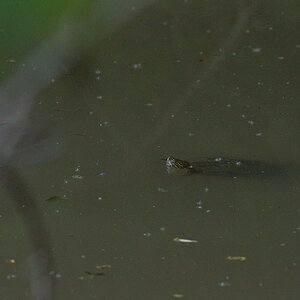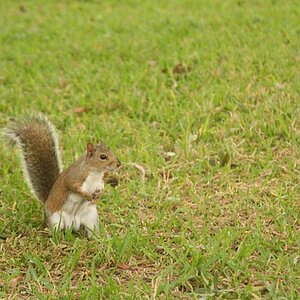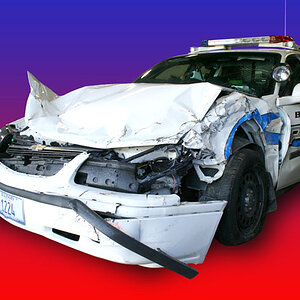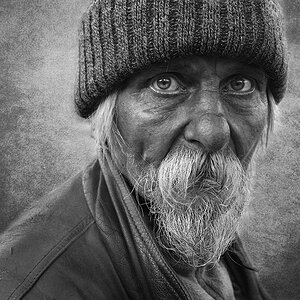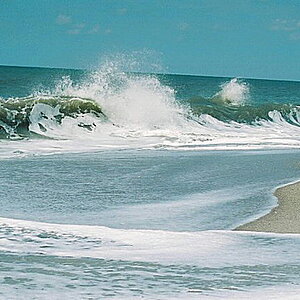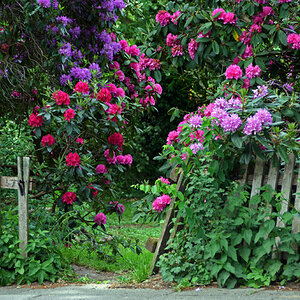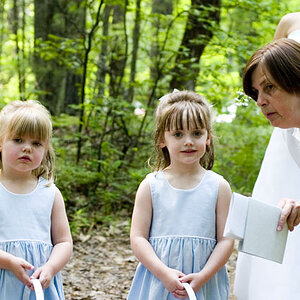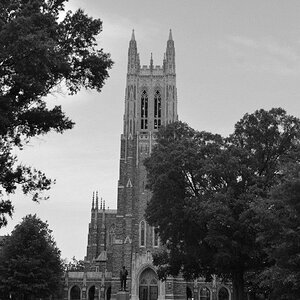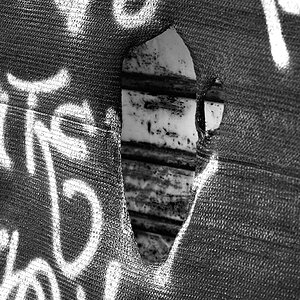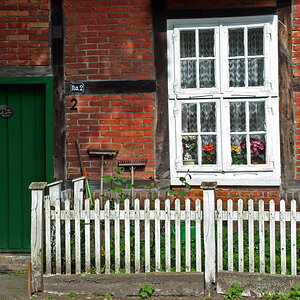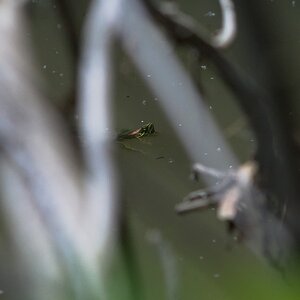timputtick
TPF Noob!
- Joined
- Sep 6, 2011
- Messages
- 165
- Reaction score
- 14
- Location
- South England
- Can others edit my Photos
- Photos OK to edit
i've never taken photos after sunset but im about to try. it's clear sky's which means stars on a lake, i'm thinking about a long shutter of up to a minute but not sure about iso etc... if anybody has any tips and tricks please let me know! thanks


